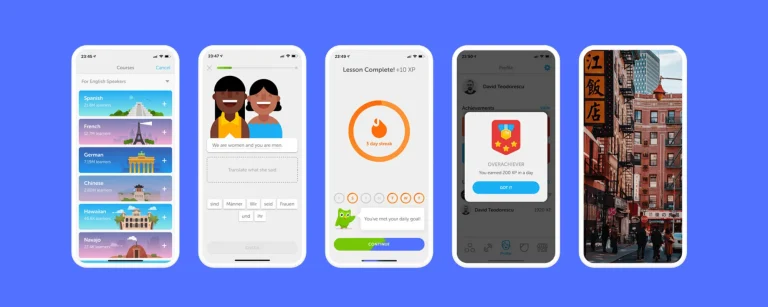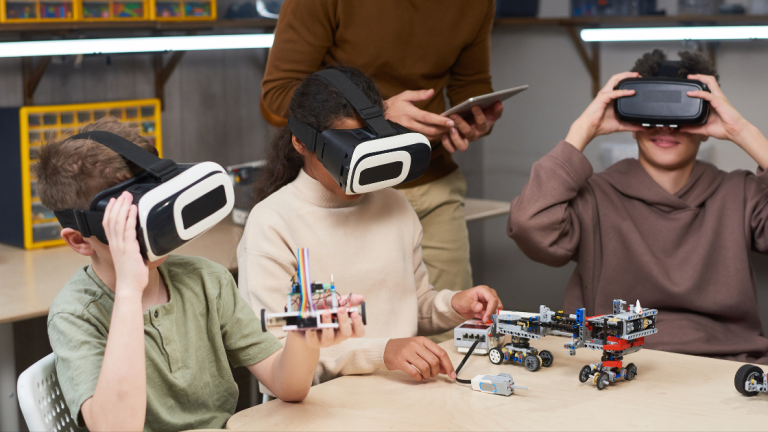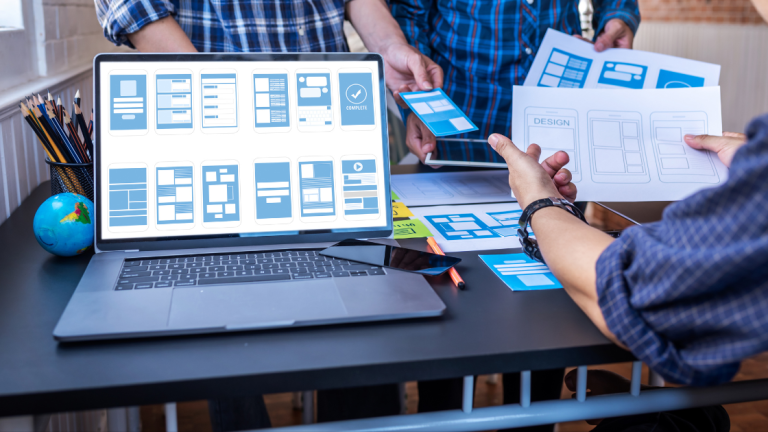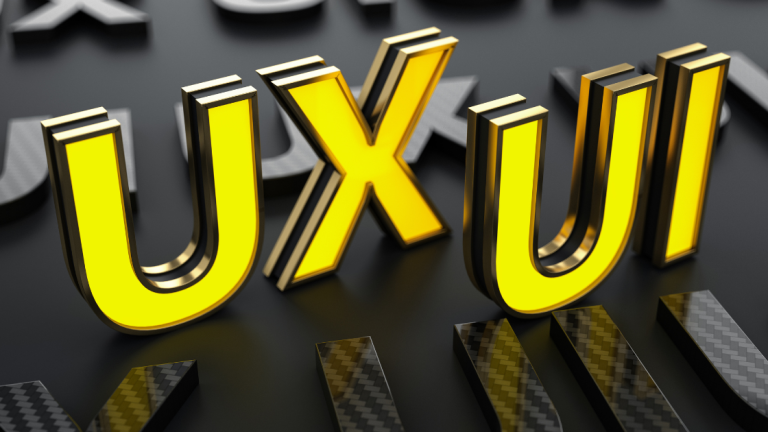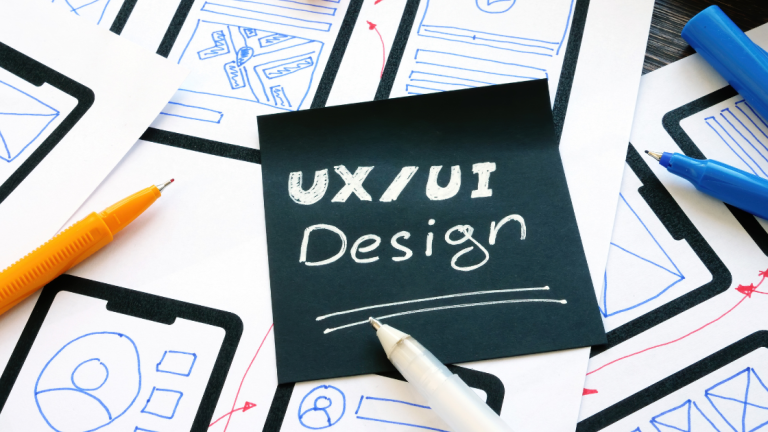Design is much like fashion—it’s cyclical. What was old can suddenly be new, and this is especially true within modern UI/UX design. The charm of vintage aesthetics is having a strong revival where designers use elements from the past to bring digital interfaces into being that are not just pleasing to the eye but also emotionally engaging. By blending nostalgic design elements into today’s digitally driven functionality, modern designers are able to create highly contextual user experiences that help set their products apart in an increasingly crowded market. Now, let’s proceed to talk about how this vintage and modern ui ux design trend shapes.
Nostalgia As a Design Tool
- Nostalgia and Emotional Connection: Vintage design elements invoke nostalgia in users by refreshing positive memories and providing comfort with familiarity in views, colors, and styles from the past.
- Interactive Digital Experience: By making the whole digital experience memorable and more engaging, nostalgia increases bonding with design elements emotionally, where the user gets reminded of past eras when he/she comes across familiar designs.
- Blurring the Lines Between Past and Present: Nostalgic features such as color palettes, classic fonts, iconic images, and backgrounds from the past assure the relatability, engagibility, and emotional connect of the experience.
The Resurgence Of Retro Typography
One of the most noticeable areas where past design has influenced modern UI/UX is that of typography. Fonts part of eras gone by—like the art deco styles, hand-lettered scripts, and slab-serifs—are creeping back into use in digital interfaces to boost good user experience. Bringing in such a retro typeface brings a unique character to designs, helping brands truly stand out in the visually oversaturated market.
For instance, most websites and applications these days make good use of retro-inspired typography. This is carried out in a bid to give greater prominence to a brand’s identity or evoke an era. This approach will carry visual interest as well as being of substance to storytelling and provide context and depth to user experience. However, designers need to balance vintage fonts with modern readability features to achieve the objective of enhancing and not impeding the user experience.
Vintage Color Schemes Re-conceived
- Infusion of Vintage Colour Schemes
Retro color trends, from the soft pastels of the 1950s to the loud tones of the 1970s, come to the foreground in contemporary UI/UX design and evoke the nostalgia that sets one apart amidst an influx of digital noise—brand differentiation.
- Specific Brand Aesthetic Creations
Retro color palettes do everything from mood to alignments with an aesthetic: warm tones, redolent of older photographs, can suggest warmth and nostalgia; bright, contrasting colors with a 1960s flavor can project energy and ebullience.
- Blending Retro with Modern Design
The fusion of the old colors with new design principles, such as flat design and minimalism, thus gives the feel of nostalgia and renewal, packaging the past into the present.
Personality Through Vintage Visuals
Besides typography and color, there is a place for other retro visual elements in the updated interface, from the grainy texture and faded background to hand-drawn illustrations that add character to digital interfaces.
Alongside this, one trending option is vintage-looking illustrations for a picturesque user experience. Most times, these illustrations come in a handcrafted style and could really make a digital product look closer and cozier, minus the feeling of being way too sanitized. They also contribute immensely to building a unique visual identity, setting a brand apart from the competition.
For example, an app dedicated to vintage fashion could include hand-drawn icons and illustrations that evoke mid-century fashion sketches. This would not only strongly support the vintage theme of the app but also add value to user experience by better visualization and self-explanatory features in the interface.

Aesthetic Appeal Must Go With Usability
- Challenges Using Vintage Design Elements
The incorporation of vintage design elements in modern UI/UX would enhance the aesthetical value, but at the same time, it becomes exceedingly essential that such nostalgic features would not interfere with the functionality or usability of the platform.
- Typographic and Colour Issues — Potential Problems
Retro typography and colors are full of character, yet they can diminish the legibility of text if overused. The same goes for vintage visual elements that could weigh down an interface and dim the view of the primary functions.
- Balancing Form and Function
Designers will need to balance nostalgia with usability cautiously to create a better user experience. This means selecting trends from years past that evoke a feel of the brand while executing user needs.
The Future Of Vintage Design In UI/UX
Thus, one can only imagine more and more of these trends presenting themselves in contemporary UI/UX. In other words, it then becomes a challenge to keep such elements fresh and relevant further away from the dangers of overuse or cliché. One should be able to continuously reimagine or progress in bringing the old school aesthetics into both nostalgic and cutting-edge interfaces.
Indeed, what is the rebirth of vintage and modern ui ux design if not a one-night stand with the seduction that is the past? Through meticulous retelling, reweaving, and remixing of retro elements in modern digital artifacts, the shape of language that an appealing experience can take in UI/UX will be at a designer’s will, providing fundamentally visually compelling and emotionally involving experiences for the user. It’s as if, indeed, the past will always have a place in shaping the future of design.


